Do you have a question about the Honda VTX1800R and is the answer not in the manual?
Essential advice for safe riding, including helmets, protective gear, and practice.
Guidance on using safe accessories and avoiding unsafe modifications to your motorcycle.
Information on identifying and understanding safety labels located on the motorcycle.
Visual identification of all motorcycle controls and their positions on the handlebars and frame.
Explanation of dashboard indicators, their functions, and warning lights.
Details on operating key motorcycle controls like ignition, start, and lighting switches.
Checklist for rider readiness, including physical condition and protective gear.
Essential pre-ride inspection steps for tires, brakes, lights, and other critical components.
Information on maximum weight capacity and safe loading practices for rider and cargo.
General safety advice for riding, including familiarization and practice.
Procedures for safely starting and stopping the engine, including preparation.
Guidance on proper gear shifting techniques for smooth motorcycle operation.
Instructions on using the motorcycle's braking system effectively and safely.
Procedures for properly parking the motorcycle, including steering lock use.
Essential information and precautions to consider before performing maintenance.
Critical safety precautions to follow during motorcycle maintenance procedures.
Recommendations on fuel types, octane, and proper refueling procedures.
Guidance on selecting, checking, and changing engine oil and filter.
Information on tire pressure, inspection, repair, and replacement.
Steps to take if the engine overheats, including checking fans and coolant.
Actions to take if the low oil pressure indicator illuminates while riding.
Procedure for checking and replacing fuses to restore electrical function.
Guidelines for assessing damage and ensuring safety after an accident.
Steps to take if the motorcycle key is lost, including obtaining a duplicate.
Location and importance of VIN, frame, and engine serial numbers for registration.
Detailed technical specifications for engine, chassis, and electrical systems.
Explanation of systems designed to control exhaust and noise emissions.
Information on catalytic converter function and maintenance for emission control.
Information on obtaining official Honda service and owner's manuals.
Overview of the motorcycle's limited, emission, and noise control warranties.
How to get assistance and provide feedback to Honda Motor Co.
Procedure for reporting vehicle safety defects to NHTSA.
Summary of recommended maintenance intervals and periodic checks.
Quick reference for tire specifications, pressure, and types.
Quick reference for recommended spark plug types and specifications.
Quick reference for fuse types, ratings, and locations.
| Engine Type | 1795cc liquid-cooled 52° V-twin |
|---|---|
| Bore and Stroke | 101.0mm x 112.0mm |
| Compression Ratio | 9.0:1 |
| Transmission | 5-speed |
| Final Drive | Shaft |
| Front Suspension | 45mm inverted fork; 5.1 inches travel |
| Rear Suspension | Dual shocks with five-position spring preload adjustability; 3.9 inches travel |
| Front Tire | 130/70R-18 |
| Rear Tire | 180/70R-16 |
| Wheelbase | 67.5 inches |
| Fuel System | PGM-FI |
| Ignition | Digital with 2 spark plugs per cylinder |
| Front Brake | Dual 296mm discs with LBS three-piston calipers |
| Rear Brake | Single 316mm disc |
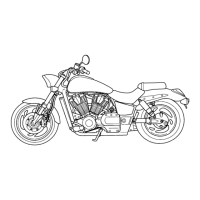


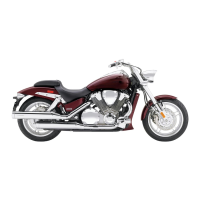
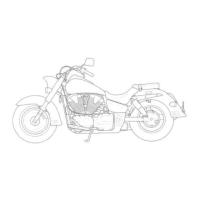

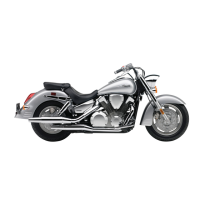
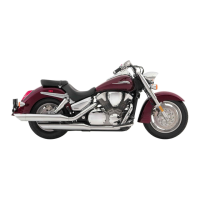
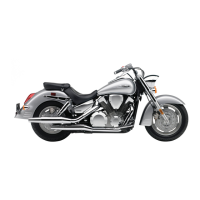
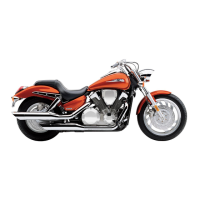
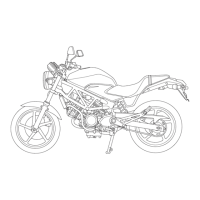
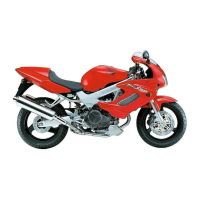
